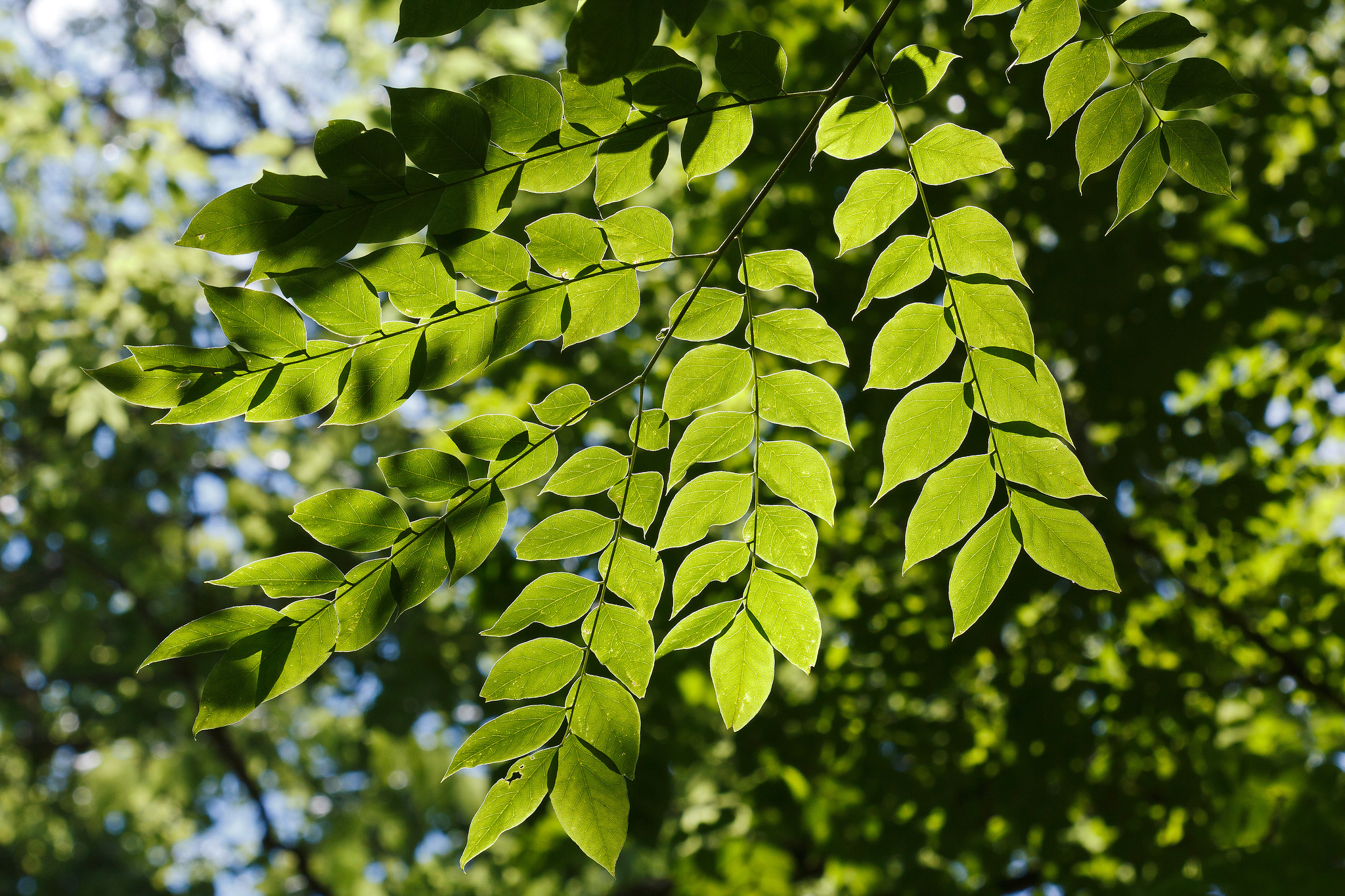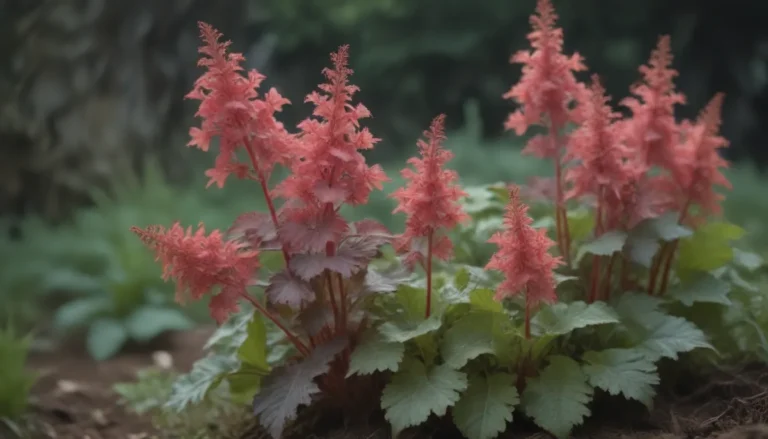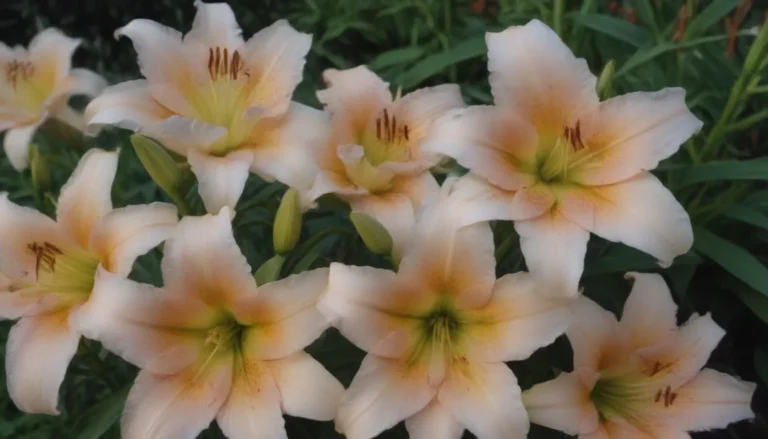Growing and Caring for the Kentucky Coffeetree: An In-depth Guide

Have you ever dreamed of having a magnificent, eye-catching tree in your garden that not only provides ample shade but also serves as a conversation starter? Look no further than the Kentucky Coffee Tree! This native North American species is known for its impressive stature, unique foliage, and intriguing history. In this comprehensive guide, we’ll walk you through everything you need to know about growing and caring for this remarkable tree.
Introduction to the Kentucky Coffee Tree
The Kentucky Coffee Tree, scientifically known as Gymnocladus dioicus, is a true gem in the world of ornamental shade trees. With its towering height and expansive canopy, this tree is sure to make a statement in any landscape. But what makes it truly special?
- Impressive size: Reaching heights of up to 75 feet or more, with a spread of 40-50 feet
- Unique foliage: Enormous compound leaves that can grow up to 3 feet long
- Seasonal interest: Pinkish-bronze leaves in spring, turning blue-green in summer, and golden yellow in fall
Despite its name, the Kentucky Coffee Tree isn’t related to the coffee plant. Early settlers used its seeds as a coffee substitute, hence the moniker. However, it’s crucial to note that the seeds, along with other parts of the tree, are toxic if ingested without proper preparation.
Kentucky Coffee Tree: An Overview
Before we dive into the nitty-gritty of care, let’s get to know this tree a little better:
- Native habitat: Eastern and central North America
- USDA Hardiness Zones: 3-8
- Growth rate: Moderate to fast
- Lifespan: Can live for over 100 years with proper care
The Kentucky Coffee Tree is dioecious, meaning there are separate male and female trees. Female trees produce large, woody seed pods that can be quite messy, so many gardeners opt for male cultivars to avoid this issue.
How to Grow a Kentucky Coffee Tree
Now that we’ve covered the basics, let’s get into the details of how to grow this magnificent tree successfully.
Choosing the Right Location
The first step in growing a healthy Kentucky Coffee Tree is selecting the perfect spot in your garden. Here’s what you need to consider:
- Sunlight: These trees thrive in full sun, requiring at least 6-8 hours of direct sunlight daily. While they can tolerate some shade, they’ll perform best with plenty of sunshine.
- Space: Remember, these trees can grow quite large. Ensure you have enough room for both the height and spread of a mature tree.
- Soil conditions: Kentucky Coffee Trees are adaptable to various soil types but prefer well-draining clay or loamy soil.
- Proximity to structures: Plant your tree at least 20 feet away from buildings or power lines to accommodate its mature size.
Planting Your Kentucky Coffee Tree
Once you’ve chosen the ideal location, it’s time to plant your tree. Here’s a step-by-step guide:
- Dig the hole: Make it twice as wide as the root ball and just as deep.
- Prepare the soil: Mix some compost into the native soil to improve drainage and nutrient content.
- Place the tree: Set it in the hole, ensuring the top of the root ball is level with or slightly above the surrounding soil.
- Backfill: Fill in around the roots with the prepared soil mixture, tamping gently to remove air pockets.
- Water thoroughly: Give your newly planted tree a deep watering to help settle the soil.
- Mulch: Apply a 2-3 inch layer of organic mulch around the base of the tree, keeping it away from the trunk.
Caring for Your Kentucky Coffee Tree
Now that your tree is in the ground, let’s explore how to keep it healthy and thriving.
Watering
While Kentucky Coffee Trees are relatively drought-tolerant once established, proper watering is crucial, especially in the first few years:
- New trees: Water deeply once a week during the growing season.
- Established trees: Water during extended dry periods, providing about 1 inch of water every 7-10 days.
- Winter care: Reduce watering in winter, but don’t let the soil dry out completely.
Remember, overwatering can be just as harmful as underwatering. Always check the soil moisture before watering.
Soil and Fertilization
Kentucky Coffee Trees are not particularly fussy about soil, but they do appreciate certain conditions:
- Soil pH: They can tolerate a wide range, from slightly acidic to alkaline (pH 6.0-8.0).
- Drainage: Good drainage is essential to prevent root rot.
- Fertilization: These trees don’t require heavy feeding. In fact, they’re nitrogen fixers, meaning they can produce their own nitrogen.
If you do decide to fertilize, use a balanced, slow-release fertilizer in early spring. Avoid high-nitrogen formulas, as they can promote excessive foliage growth at the expense of overall tree health.
Pruning and Maintenance
Proper pruning is essential for maintaining the health and shape of your Kentucky Coffee Tree:
- When to prune: Late winter or early spring, before new growth begins.
- What to prune: Remove dead, damaged, or crossing branches. On young trees, focus on establishing a strong central leader.
- How often: Annual light pruning is usually sufficient for mature trees.
Remember to use clean, sharp tools and make clean cuts at a 45-degree angle just outside the branch collar.
Common Problems and Solutions
While Kentucky Coffee Trees are generally hardy and disease-resistant, they can face a few challenges:
- Verticillium wilt: This fungal disease can cause branches to die back. Prune affected areas and improve soil drainage.
- Leaf spot: Various fungi can cause spots on leaves. Remove affected foliage and improve air circulation.
- Scale insects: These tiny pests can infest branches. Use horticultural oil or insecticidal soap to control them.
- Yellowing leaves: Often a sign of overwatering or poor drainage. Adjust your watering schedule and improve soil conditions.
- Delayed leafing: Don’t panic if your tree is slow to leaf out in spring. Kentucky Coffee Trees are often among the last to show new growth.
Types of Kentucky Coffee Trees
While the species tree is impressive on its own, there are several cultivars available that might better suit your specific needs:
- ‘Espresso’: A male cultivar with a more compact form, reaching about 50 feet tall.
- ‘Prairie Titan’: Another male selection known for its upright growth habit and resistance to storm damage.
- ‘Stately Manor’: A narrow, columnar male cultivar, perfect for smaller spaces.
- ‘True North’: A cold-hardy cultivar that’s well-suited for northern climates.
Growing Kentucky Coffee Trees from Seed
For the adventurous gardener, growing a Kentucky Coffee Tree from seed can be a rewarding experience. Here’s how:
- Collect seeds: Harvest ripe seed pods in late fall or winter.
- Prepare seeds: Scarify the seeds by nicking the hard outer coating or soaking in hot water for 24 hours.
- Stratify: Place scarified seeds in moist sand and refrigerate for 2-3 months.
- Plant: Sow seeds about 1 inch deep in well-draining potting mix.
- Care: Keep the soil moist but not waterlogged. Germination can take several weeks.
The Kentucky Coffee Tree in Landscape Design
The Kentucky Coffee Tree’s unique characteristics make it a versatile addition to various landscape designs:
- Shade tree: Its broad canopy provides excellent summer shade for large lawns or patios.
- Specimen tree: The tree’s winter silhouette and interesting bark make it a striking focal point.
- Urban planting: Its tolerance for pollution and compacted soils makes it suitable for city environments.
- Native gardens: As a North American native, it’s perfect for naturalistic or wildlife-friendly gardens.
Environmental Benefits of the Kentucky Coffee Tree
Beyond its ornamental value, the Kentucky Coffee Tree offers several environmental benefits:
- Carbon sequestration: Like all large trees, it helps absorb carbon dioxide from the atmosphere.
- Wildlife habitat: Birds and small mammals use the tree for nesting and shelter.
- Biodiversity: As a native species, it supports local ecosystems and pollinators.
- Urban heat island mitigation: Its broad canopy helps cool urban environments.
Frequently Asked Questions
To wrap up our comprehensive guide, let’s address some common questions about Kentucky Coffee Trees:
Are Kentucky Coffee Trees invasive?
No, they’re not considered invasive. In fact, they’re native to North America and beneficial to local ecosystems.
How long does it take for a Kentucky Coffee Tree to reach maturity?
It typically takes about 20-30 years for these trees to reach their full size.
Can I grow a Kentucky Coffee Tree in a container?
While possible when young, these trees quickly outgrow containers. They’re best suited for in-ground planting.
Are Kentucky Coffee Trees deer-resistant?
Yes, deer generally avoid these trees, making them a good choice for areas with high deer populations.
Do Kentucky Coffee Trees fix nitrogen in the soil?
Yes, they’re one of the few trees in the legume family that can fix nitrogen, potentially benefiting nearby plants.
Conclusion
The Kentucky Coffee Tree is truly a remarkable species that offers beauty, shade, and ecological benefits to any landscape. While it requires some patience due to its slow start and late spring leafing, the payoff is well worth the wait. With its impressive size, unique foliage, and four-season interest, this native tree is sure to become a cherished feature of your garden for generations to come.
Whether you’re an experienced arborist or a novice gardener, growing a Kentucky Coffee Tree can be a rewarding experience. By following the care guidelines outlined in this guide, you’ll be well on your way to nurturing a healthy, thriving specimen that will be the envy of your neighborhood.
So why not consider adding this majestic native to your landscape? With its rich history, stunning appearance, and numerous benefits, the Kentucky Coffee Tree might just be the perfect addition to your outdoor space. Happy planting!





